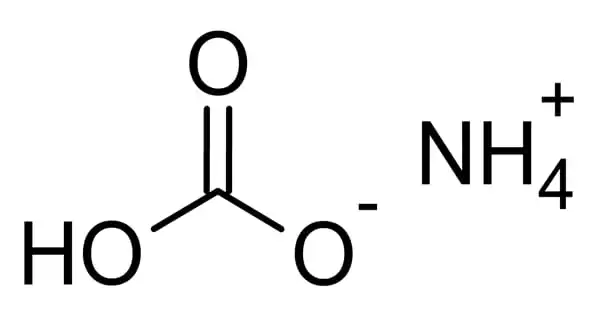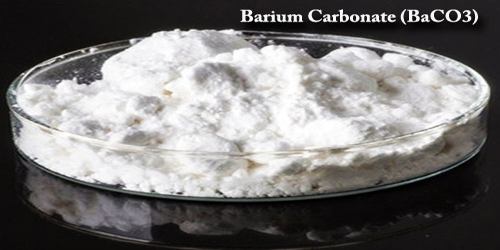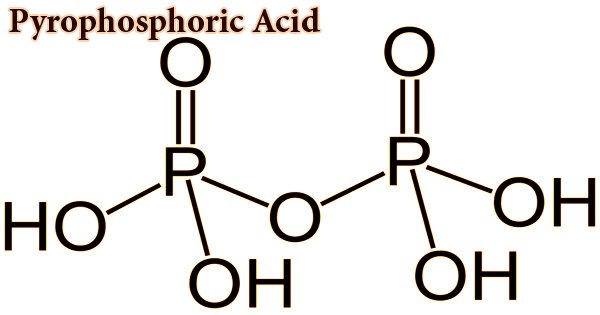Terbium nitride is a binary inorganic compound of terbium and nitrogen with the chemical formula TbN. It is a compound composed of terbium, a rare earth metal, and nitrogen. It usually appears as a black or dark-colored solid. It is a semiconductor, which makes it useful in electronic applications. It is known for its magnetic properties, which can be useful in various high-tech applications.
Terbium nitride crystalyzes with cubic crystal system of the space group of F3m3. Its unique properties make it a subject of interest for developing new technologies, especially in advanced magnetic and electronic applications.
Properties
Terbium nitride is known for its high melting point and stability at elevated temperatures. It can exhibit interesting electronic and magnetic properties due to the nature of terbium as a rare earth element.
- Chemical formula: NTb
- Molar mass: 172.932 g·mol−1
- Appearance: black powder
- Density: 9.49 g/cm3
- Melting point: 2,630 °C (4,770 °F; 2,900 K)
Synthesis
Terbium nitride can be synthesized through various methods, including direct reaction of terbium with nitrogen at high temperatures.
Occurrences
- Natural Occurrence: It does not occur naturally. It is a synthetic material produced in laboratories or industrial settings.
- Synthesis: It is typically produced by reacting terbium oxide (Tb₂O₃) with nitrogen at high temperatures. Alternatively, it can be prepared by direct nitridation of terbium metal.
Uses
Terbium nitride is used for high-end electronics, ceramics, luminescent materials, special metallurgy, petrochemical, artificial crystal, magnetic materials. TbN is often used in materials science research and applications that involve advanced magnetic materials or electronics. It might be used in creating thin films or as a part of other compound materials.
















